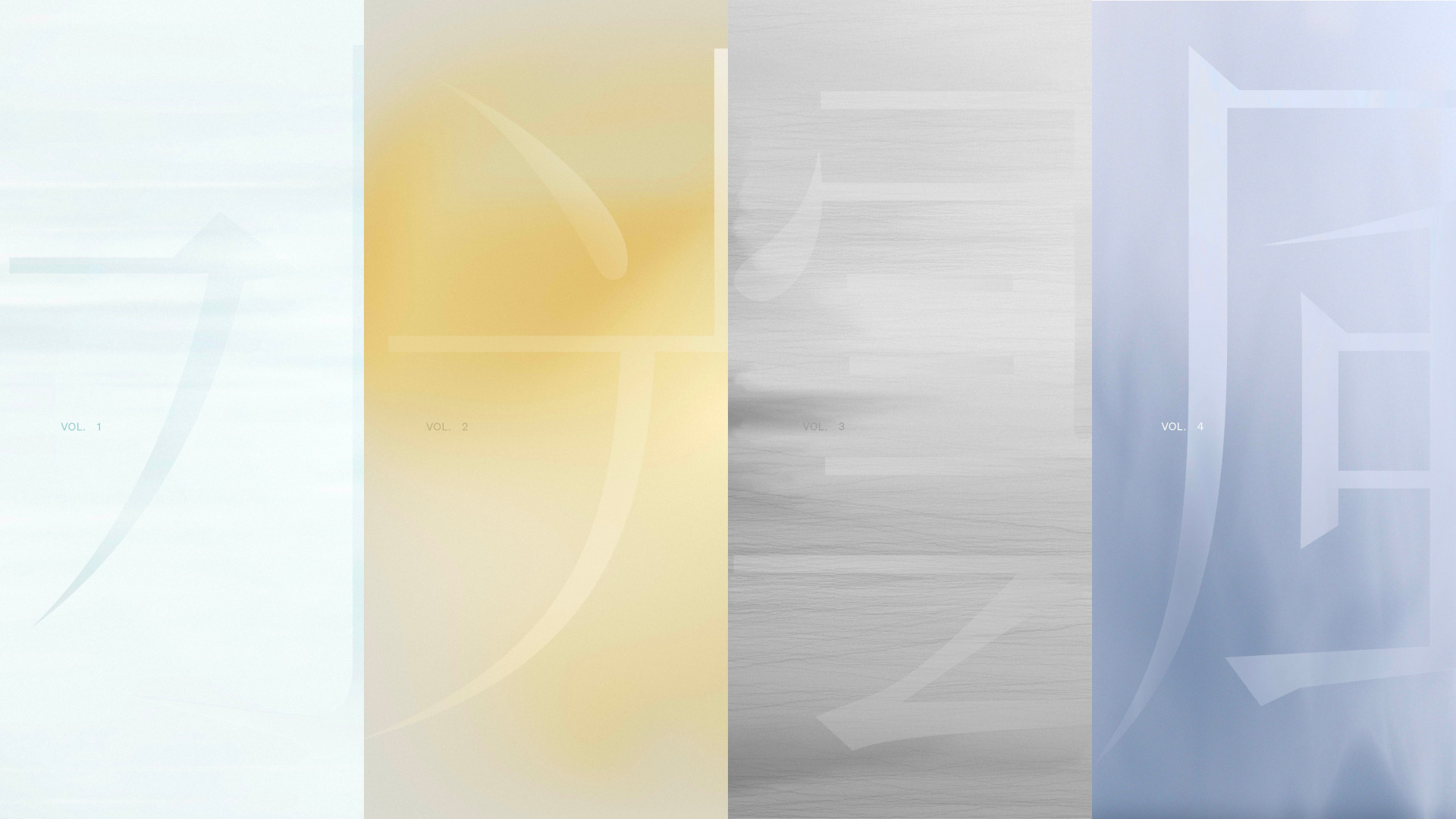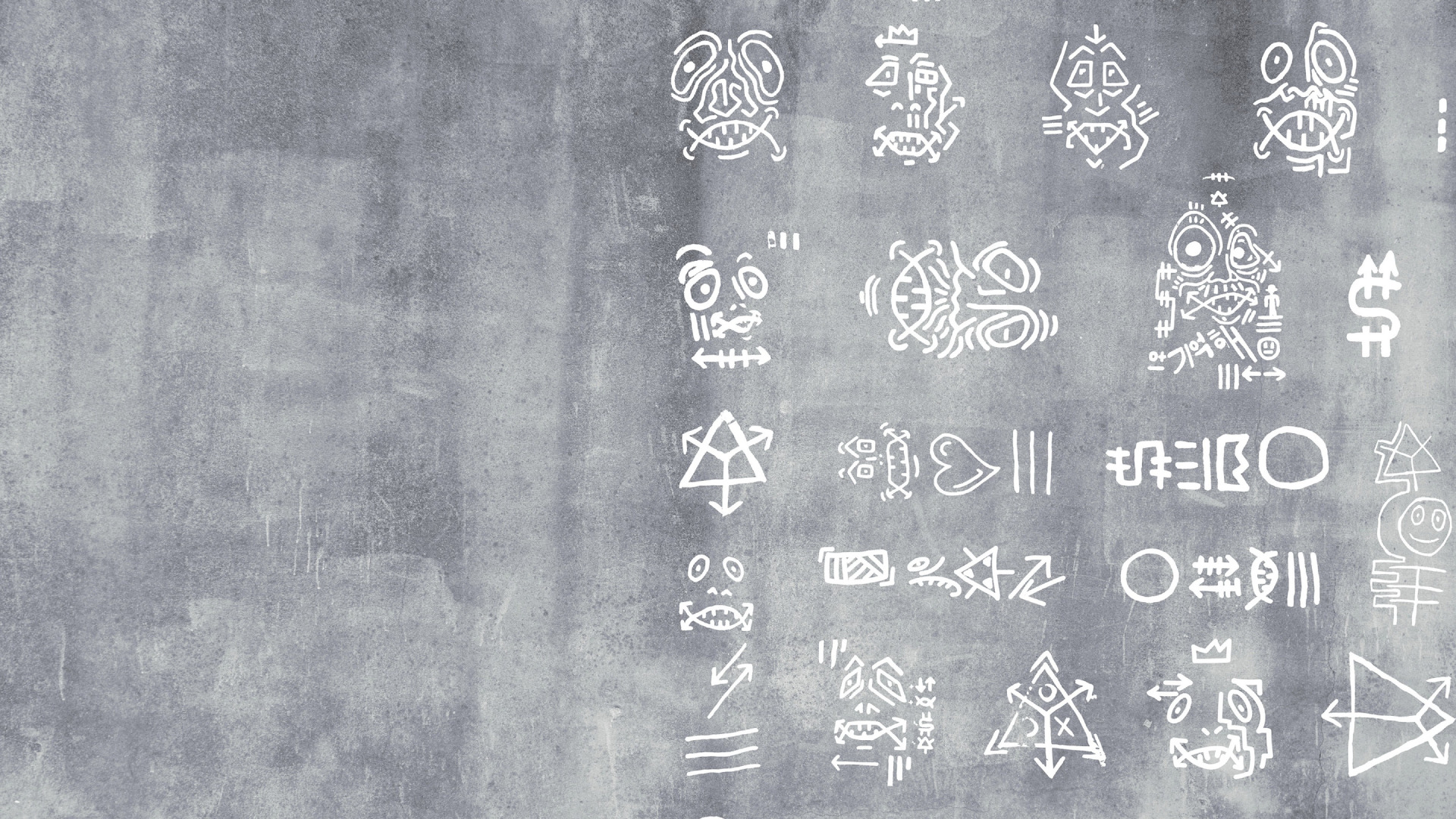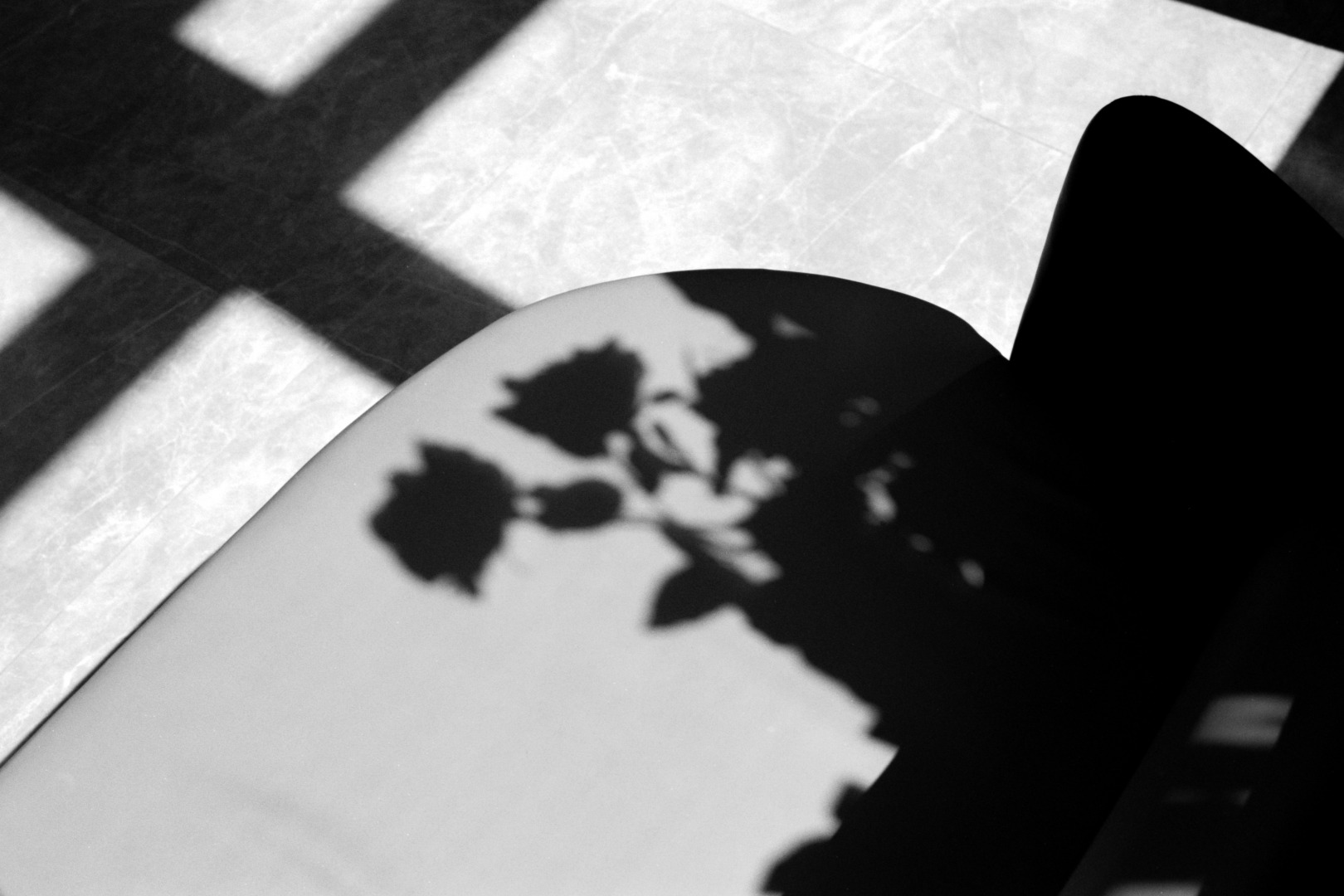Meet Rui Wang
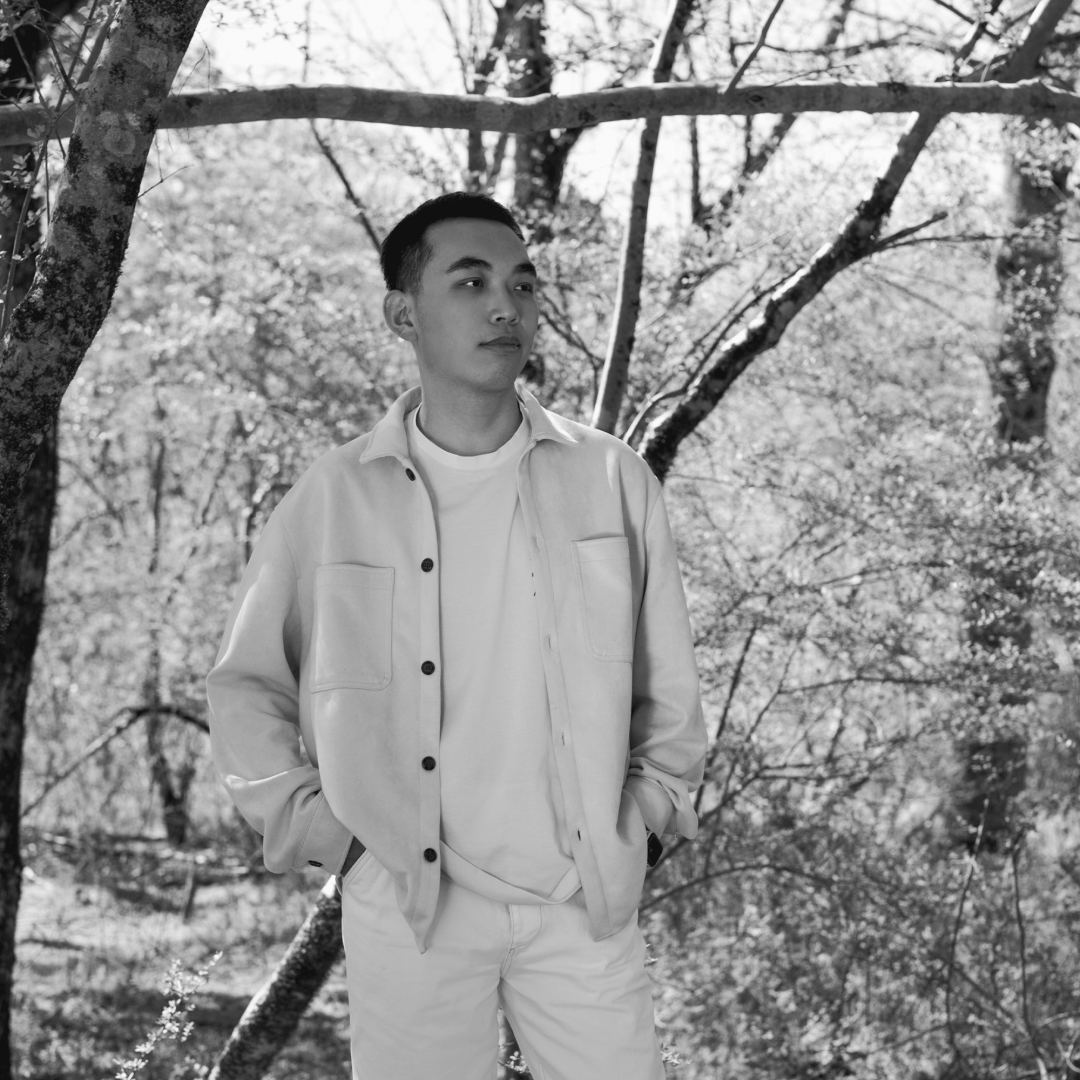
Rui Wang is a cross-disciplinary visual storyteller whose work merges design systems, emotional narrative, and photographic observation. Trained in both public art and advertising, Rui combines strategic visual thinking with a poetic sensitivity to tone and mood. His creative practice spans branding, photography, and multimedia storytelling—focusing on how visual form can hold restraint, precise, and emotional weight. Drawing from his early foundation in traditional Chinese art and his experience working with global brands like Disney and Nike, Rui brings a uniquely introspective perspective to the design world. His work has been recognized by the Red Dot Design Concept Awards, the International Design Awards (IDA), the MUSE Creative Awards, and the International Photography Awards (IPA), among others. Whether crafting a visual design or building a photographic series, Rui approaches every project with sensitivity to structure, tone, and the unspoken emotional moments that live between images.
We had the good fortune of connecting with Rui Wang and we’ve shared our conversation below.
Hi Rui, why did you pursue a creative career?
For me, pursuing an artistic or creative career was never a single decision—it felt more like a quiet instinct that kept guiding me forward. I was born and raised in Taiyuan, China, where I was first introduced to traditional Chinese painting and calligraphy as a child. Even before I fully understood what “art” was, I was drawn to the silence, rhythm, and emotion those forms could hold.
Over time, I became increasingly fascinated by how visuals can foster emotional connection—how a certain composition, color, or gesture can make someone pause and feel something unexpected. That instinct eventually led me to study public art in college, and later, to explore visual design and storytelling through an MFA in Advertising.
Choosing this path was never about becoming an “artist” in the conventional sense. It was about building a practice where emotion, narrative, structure, and subtlety could coexist. Art and design became the language through which I process the world and offer something meaningful back to it.
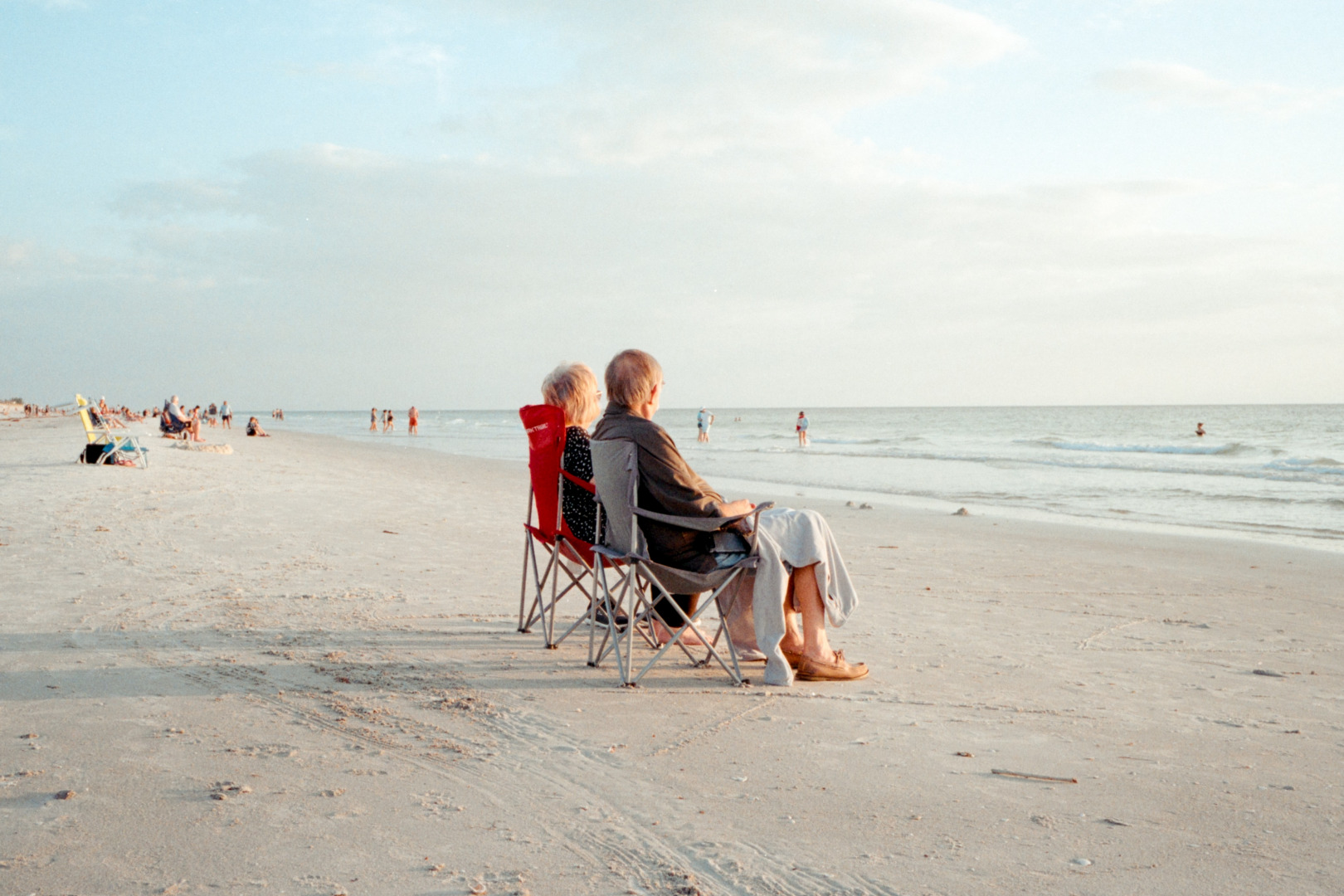
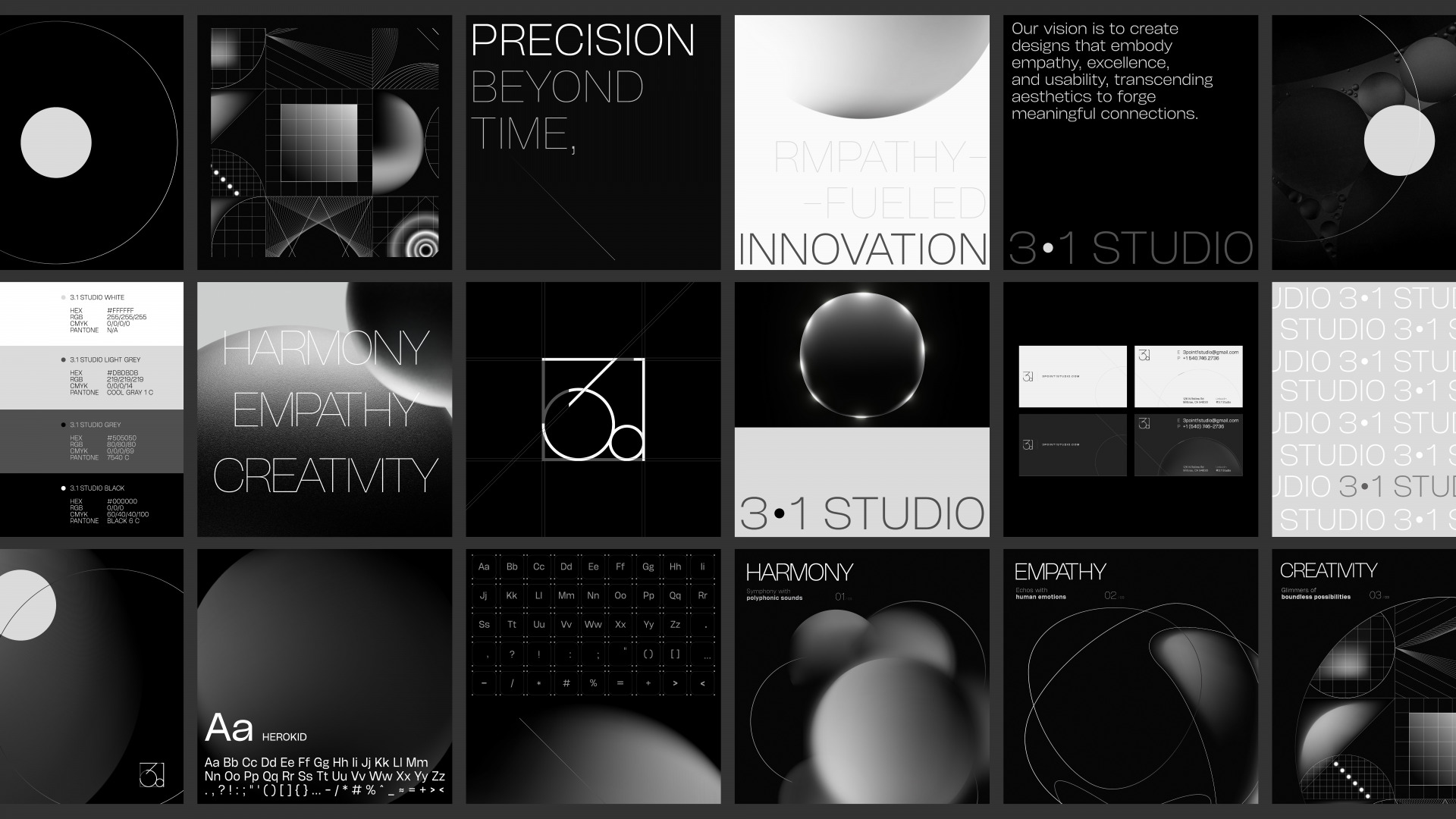
Let’s talk shop? Tell us more about your career, what can you share with our community?
I work across visual design and photography, and my creative practice has always been driven by one central question: how can visual language quietly move people? I’m most interested in the emotional space between what is visible and what is felt. Whether I’m building a brand system or composing a photographic series, I try to create work that lingers—soft, structured, and emotionally resonant.
What sets my work apart is the balance between emotional sensitivity and visual clarity. I come from a background that blends traditional Chinese art, public art education, and strategic design training. This mix has helped me develop a style that feels both poetic and purposeful. I’m especially drawn to ambiguity, stillness, and moments of tension—elements that allow the audience to interpret and connect with the work on their own terms.
One of the projects I’m most proud of is my upcoming analog photography series Not Everything Was Seen. It explores absence, memory, and quiet emotional conflict. The images aren’t about spectacle, they’re about what remains unspoken. I see this series as a reflection of how I work across mediums: with restraint, intuition, and care for emotional detail.
My career path hasn’t been easy. As an international creative navigating multiple disciplines and cultures, I’ve had to learn how to trust my instincts—even when the path wasn’t clearly defined. One of the biggest challenges has been embracing the idea that I don’t need to fit into a single box: I can be a designer, an artist, and a storyteller at once. That realization changed everything.
What I hope people take away from my work is that slowness, softness, and silence can carry meaning too. Not everything needs to be loud to be powerful. My story isn’t about chasing attention, it’s about building emotional connection, one quiet image or design at a time.
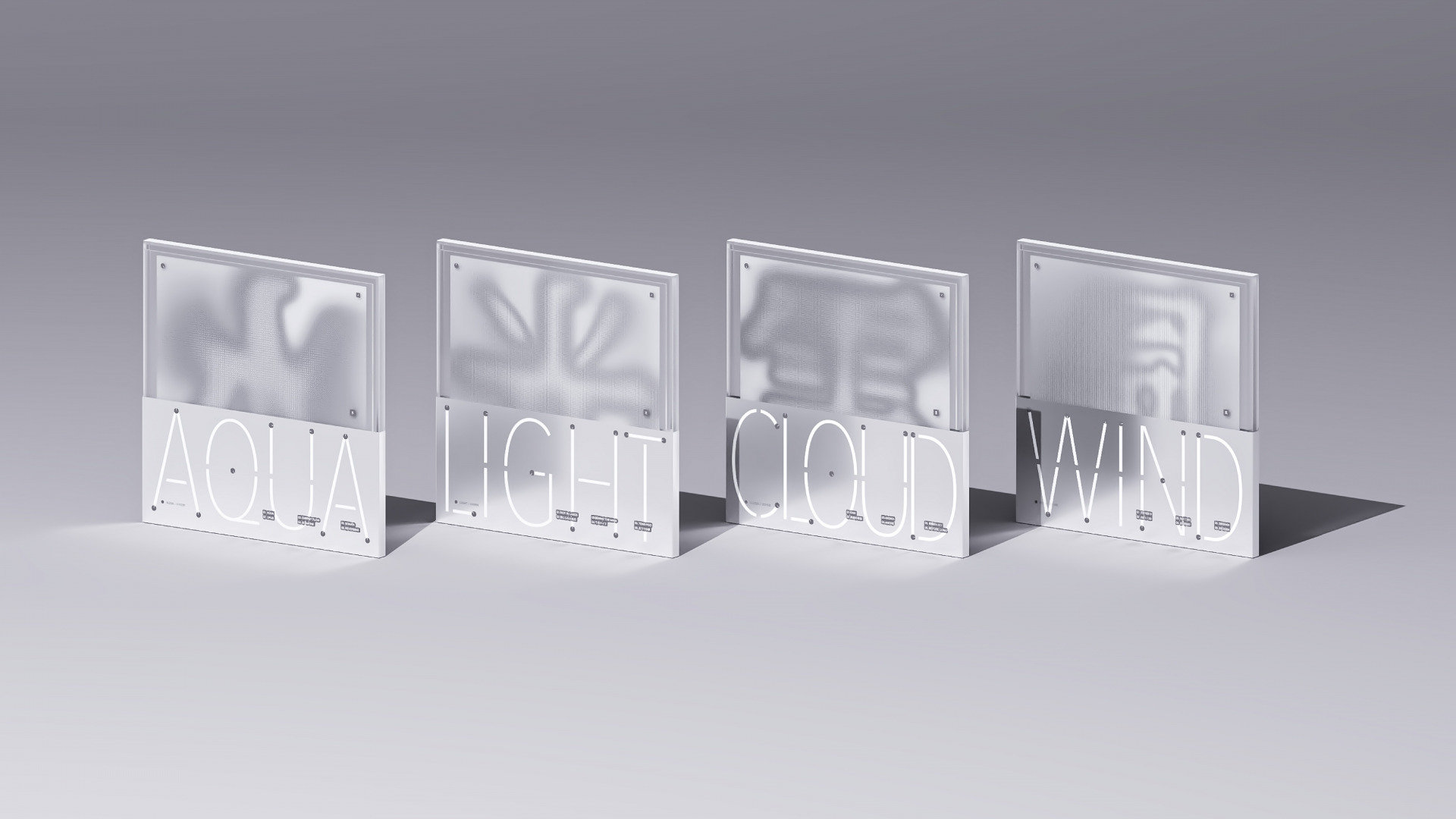
Any places to eat or things to do that you can share with our readers? If they have a friend visiting town, what are some spots they could take them to?
If my best friend were visiting LA for a week, I’d want them to experience both the creative energy of the city and the quiet, cinematic beauty of its natural surroundings. We’d start with the coastline—wandering through the Venice Canals, browsing small art bookstores and boutiques on Abbot Kinney, then catching the sunset in Santa Monica. I love how that area balances artistic grit with ocean calm.
We’d spend another day hiking in Griffith Park up to the Observatory, then grab lunch in Los Feliz and browse Skylight Books—a favorite spot for design and photography titles. Downtown LA would be a must for any creative: I’d take them to The Broad, MOCA, and Hauser & Wirth in the Arts District, then end the night with a great meal at Bestia or Bavel. The textures, architecture, and energy there always inspire me visually.
I’d also plan a full day out in Topanga and Malibu, starting with a hike and ending with a drive along the coast to El Matador Beach. The combination of mountains, fog, and brutalist rock formations feels like a dreamscape. If we had time, I’d take them overnight to Joshua Tree for a desert escape: walking through quiet rock valleys, photographing at golden hour, and watching stars in total silence. It’s one of the few places that always resets my creative brain.
On the final day, we’d slow it down—visit The Getty for art and architecture, maybe have brunch at Sqirl or République, and just enjoy the layers of light this city offers. LA can be overwhelming, but it also holds space for deep inspiration if you’re paying attention.

Shoutout is all about shouting out others who you feel deserve additional recognition and exposure. Who would you like to shoutout?
I owe a lot to the people and environments that helped shape my creative voice. First, I want to thank my parents, who—despite not having formal art backgrounds—always supported my curiosity and gave me the space to explore. It was my mother who first encouraged me to learn calligraphy and painting when I was a child in Taiyuan, and that quiet support became the root of everything I do now.
I’m also deeply grateful for my time at the Savannah College of Art and Design, where I was surrounded by professors and peers who helped me see design and storytelling as open-ended forms of expression. That experience gave me the confidence to embrace a cross-disciplinary practice that blends design, photography, and emotion.
Another person I want to recognize is Jesús “Chui” Díaz —my mentor and close friend from my time at Disney. At the time, he was serving as Creative Lead at The Walt Disney Company, and now he’s VP Creative Director at FCB Chicago. He played a huge role in helping me find my footing early in my career. His support, both creative and personal, gave me the confidence to step into the professional world and trust my instincts. He not only guided me as a designer/Art Director but also helped me believe in my own voice. I wouldn’t be where I am without his mentorship.
And lastly, I’d give a quiet nod to the streets and strangers I’ve photographed over the years. Without realizing it, they’ve become part of the emotional language I carry into both my design and photography.
Website: monocruiwang@outlook.com
Instagram: https://www.instagram.com/littlepantsss990/
Linkedin: https://www.linkedin.com/in/monocruiwang/



